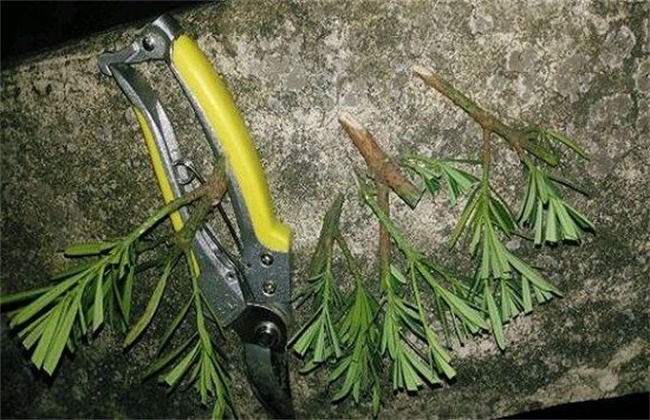Occurrence and control measures of diseases and insect pests of edible fungi
With the expansion of the production area of edible fungi, the types of diseases and insect pests tend to increase, and the degree of damage is gradually aggravated. According to the survey, Pleurotus ostreatus, Flammulina velutipes, Flammulina velutipes, Pleurotus ostreatus, Pleurotus ostreatus, etc. according to the survey, the main diseases and insect pests are as follows:
1. Mushroom flies suffered seriously in the production of Pleurotus ostreatus, Pleurotus ostreatus and Flammulina velutipes, especially in the cultivation of Pleurotus ostreatus in the eastern part of our county. The yield loss caused by mushroom fly invasion varies with variety and control, and the damage rate of Pleurotus ostreatus is high, which can reach about 50% when it is high.
two。 It is found that there are sporadic occurrence of mites and mites in the cultivation of Pleurotus ostreatus, which may be related to the regular movement of mushroom shed in production, and the greenhouse mushroom of mushroom farmers move every 2-3 years. Land rotation in the production of edible fungi can effectively control the occurrence and damage of mites.
3. Nematode nematodes have been found to be harmful in some cultivated varieties such as Pleurotus ostreatus and Coprinus comatus in recent years, and the damage is often enlarged due to improper selection of control drugs in production.
4. Bacterial diseases occurred prominently in mushroom sheds with high temperature, high humidity and high cultivation density. the seriously damaged varieties were spring double spore mushroom, Pleurotus ostreatus, Flammulina velutipes and so on. The disease spot showed brown spot, black spot, deformity and rot.
5. The occurrence of soft rot of Pleurotus ostreatus in high temperature and high humidity is more serious than that in the mushroom shed with poor air permeability. The incidence of the mushroom bed is covered by dark green bacteria, resulting in little or no emergence of mushrooms, or wet rot of the mushroom body and death.
There are many diseases and insect pests of edible fungi. In production, we should follow the policy of agricultural control and chemical control, and carry out comprehensive control of the diseases and insect pests. The main measures are as follows:
1. Remove the residual and rotten mushrooms in the mushroom bags and shed which are seriously infected by diseases and insect pests in time.
two。 Reasonable rotation, mobile mushroom shed relocated after 2-3 years of use and avoid multi-shed concentration.
3. The same variety and the same greenhouse are not suitable for annual cultivation, and it is appropriate to rotate the varieties which are not easy to be infected with the same kinds of diseases and pests. For example, Flammulina velutipes shed is not suitable for continuous cultivation of straw mushroom or Agaricus bisporus to prevent the continuous reproduction of mites and mushroom mosquitoes.
4. Covering the cultivation shed with 100-mesh anti-insect net can effectively prevent the invasion of pests with a size of more than 1 mm, such as mushroom mosquitoes, flea flies, night moths, grain moths, termites, slugs and snails, and significantly reduce the source of invasive insects. Spraying pesticides on the anti-pest net can kill the adults stuck on the net and effectively reduce the source of the next generation of insects.
5. Strengthening preventive treatment, such as shed cleaning, fumigation, soil treatment, mixing treatment and other measures can eliminate diseases and pests in the early stage of bacteria and mushroom emergence.
During the period of mushroom production, the varieties of pesticides registered by the Ministry of Agriculture must be selected for drug prevention and control, and the right medicine should be given to the case. Pests such as mushroom flies, nocturnal moths, grain moths, termites, slugs and snails can be sprayed with Mushroom Jing (4.3% efficient fluorocyanogen-methyl Avi EC) and fipronil (Regent) 1000 times. Verrucosporium and Trichoderma can be sprayed with Mushroom Feng (30% Baifu wettable powder) and 40% miramine and Shibao Gong 5001000 times. Mites and nematodes can be sprayed multiple times.
Related
- Fuxing push coffee new agricultural production and marketing class: lack of small-scale processing plants
- Jujube rice field leisure farm deep ploughing Yilan for five years to create a space for organic food and play
- Nongyu Farm-A trial of organic papaya for brave women with advanced technology
- Four points for attention in the prevention and control of diseases and insect pests of edible fungi
- How to add nutrient solution to Edible Fungi
- Is there any good way to control edible fungus mites?
- Open Inoculation Technology of Edible Fungi
- Is there any clever way to use fertilizer for edible fungus in winter?
- What agents are used to kill the pathogens of edible fungi in the mushroom shed?
- Rapid drying of Edible Fungi



